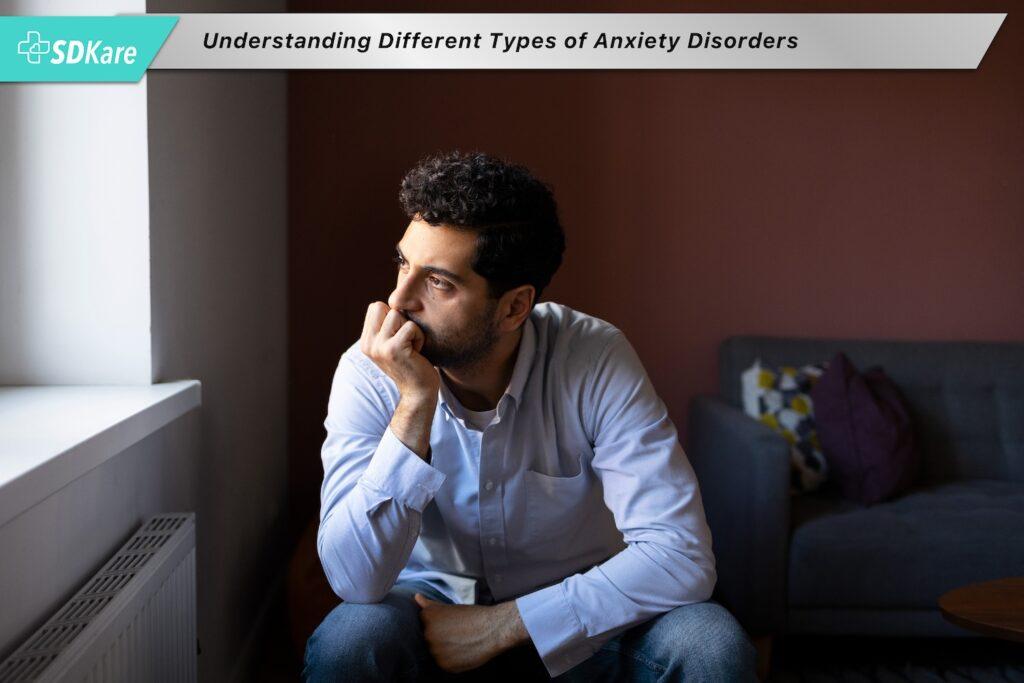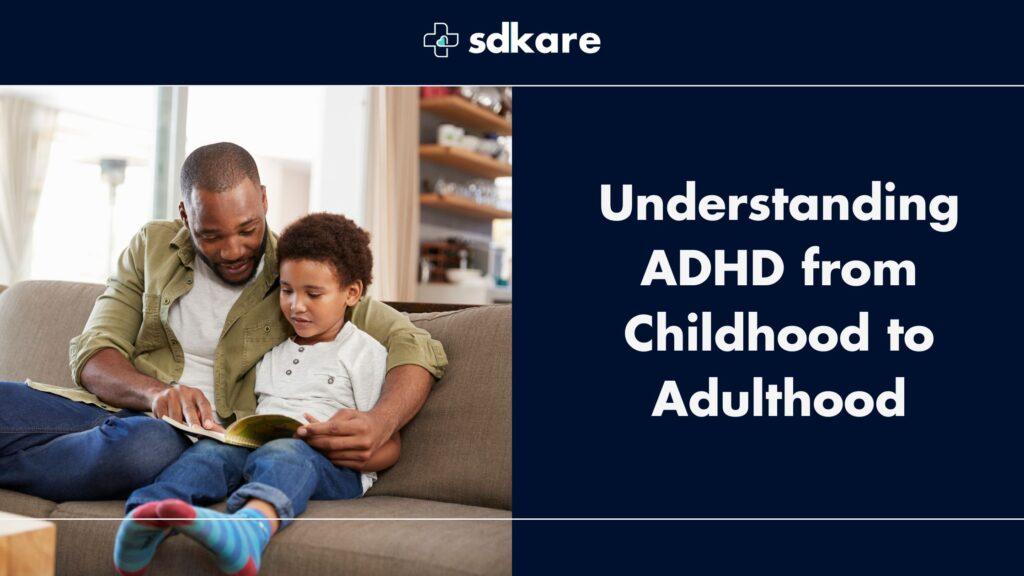Anxiety disorders affect millions of people worldwide, causing distress and damage in their daily lives. Understanding the various types of anxiety disorders is crucial for proper diagnosis and treatment. This article delves into different anxiety disorders, their symptoms, and how they impact the lives of those who suffer from them.
What are the Different Types of Anxiety Disorders?
There are several types of anxiety disorders recognized by mental health professionals. The most common anxiety disorders include:
- Generalized Anxiety Disorder (GAD)
- Social Anxiety Disorder
- Panic Disorder
- Specific Phobias
- Obsessive-Compulsive Disorder (OCD)
- Post-Traumatic Stress Disorder (PTSD)
- Separation Anxiety Disorder
- Agoraphobia
- Selective Mutism
- Health Anxiety (Illness Anxiety Disorder)
These are the primary types of anxiety disorder, but it’s important to note that anxiety disorders can manifest in various forms and may overlap or coexist with other mental health conditions. Each of these disorders has its unique set of symptoms, diagnostic criteria, and treatment approaches. Additionally, if you or someone you know is experiencing symptoms of an anxiety disorder, it’s advisable to seek professional help for proper diagnosis and treatment.
Understanding Different Types of Anxiety Disorders:
Generalized Anxiety Disorder (GAD)
Generalized Anxiety Disorder, or GAD, is one of the most common types of anxiety disorders. Individuals with GAD experience excessive and uncontrollable worry about everyday events and situations. This constant state of anxiety can lead to physical symptoms such as muscle tension, restlessness, and difficulty concentrating.
Social Anxiety Disorder
Social Anxiety Disorder, also known as social phobia, involves an intense fear of social situations. Individuals with social anxiety often avoid gatherings and public speaking, fearing judgment and embarrassment. These anxieties can be so severe that they interfere with their personal and professional lives.
Panic Disorder
Panic Disorder is characterized by recurrent and unexpected panic attacks. These attacks are sudden surges of intense fear and discomfort, accompanied by physical symptoms like a rapid heartbeat, sweating, and shortness of breath. Individuals with this disorder often live in fear of the next panic attack.
Specific Phobias
Specific Phobias are marked by an intense fear of a particular object or situation. These fears can include heights, flying, spiders, and more. When exposed to their phobia, individuals may experience severe anxiety and avoidance behavior.
Obsessive-Compulsive Disorder (OCD)
Obsessive-Compulsive Disorder, or OCD, is characterized by intrusive and distressing thoughts (obsessions) that lead to repetitive behaviors (compulsions). Those with OCD perform these rituals to relieve anxiety, even though they are often irrational.
Post-Traumatic Stress Disorder (PTSD)
Post-Traumatic Stress Disorder, or PTSD, occurs in individuals who have experienced a traumatic event. Consequently, symptoms include flashbacks, nightmares, and severe anxiety related to the traumatic incident. Therefore, PTSD can have long-lasting effects on a person’s mental and emotional well-being.
Separation Anxiety Disorder
Separation Anxiety Disorder typically affects children and adolescents but can also manifest in adults. It involves an excessive fear of separation from loved ones or attachment figures. This fear can lead to severe distress when apart from these individuals.
Agoraphobia
Agoraphobia is often associated with panic disorder. In fact, it involves an intense fear of situations or places where escape might be difficult or embarrassing. Consequently, individuals with agoraphobia often avoid crowded places and may become homebound.
Selective Mutism
Selective Mutism is a childhood anxiety disorder in which a child consistently fails to speak in specific social situations, despite being capable of speech in other settings. This disorder can hinder a child’s ability to communicate and interact with others.
Health Anxiety
Health Anxiety, also known as illness anxiety disorder or hypochondria, involves an excessive preoccupation with having a serious illness. Individuals with health anxiety often worry about their health and frequently seek medical reassurance.
Conclusion
In conclusion, understanding the different types of anxiety disorders is important for proper diagnosis and treatment.
With multiple types of anxiety disorder, they can be highly debilitating and significantly impact an individual’s daily life. Moreover, Generalized Anxiety Disorder, Social Anxiety Disorder, Panic Disorder, Specific Phobias, Obsessive-Compulsive Disorder (OCD), Post-Traumatic Stress Disorder (PTSD), Separation Anxiety Disorder, Agoraphobia, Selective Mutism, and Health Anxiety are all distinct forms of anxiety disorders, each with its unique set of symptoms and challenges.
Furthermore, if you or someone you know is struggling with any of these types of anxiety disorders, seeking help from a mental health professional is the first step towards managing and overcoming these conditions. Importantly, it is crucial to remember that anxiety disorders are treatable, and with the right support and treatment, individuals can lead fulfilling lives free from the constraints of excessive anxiety.




